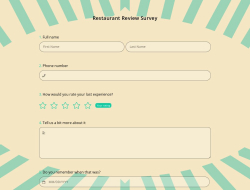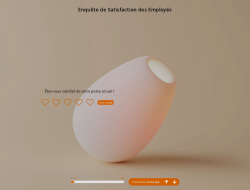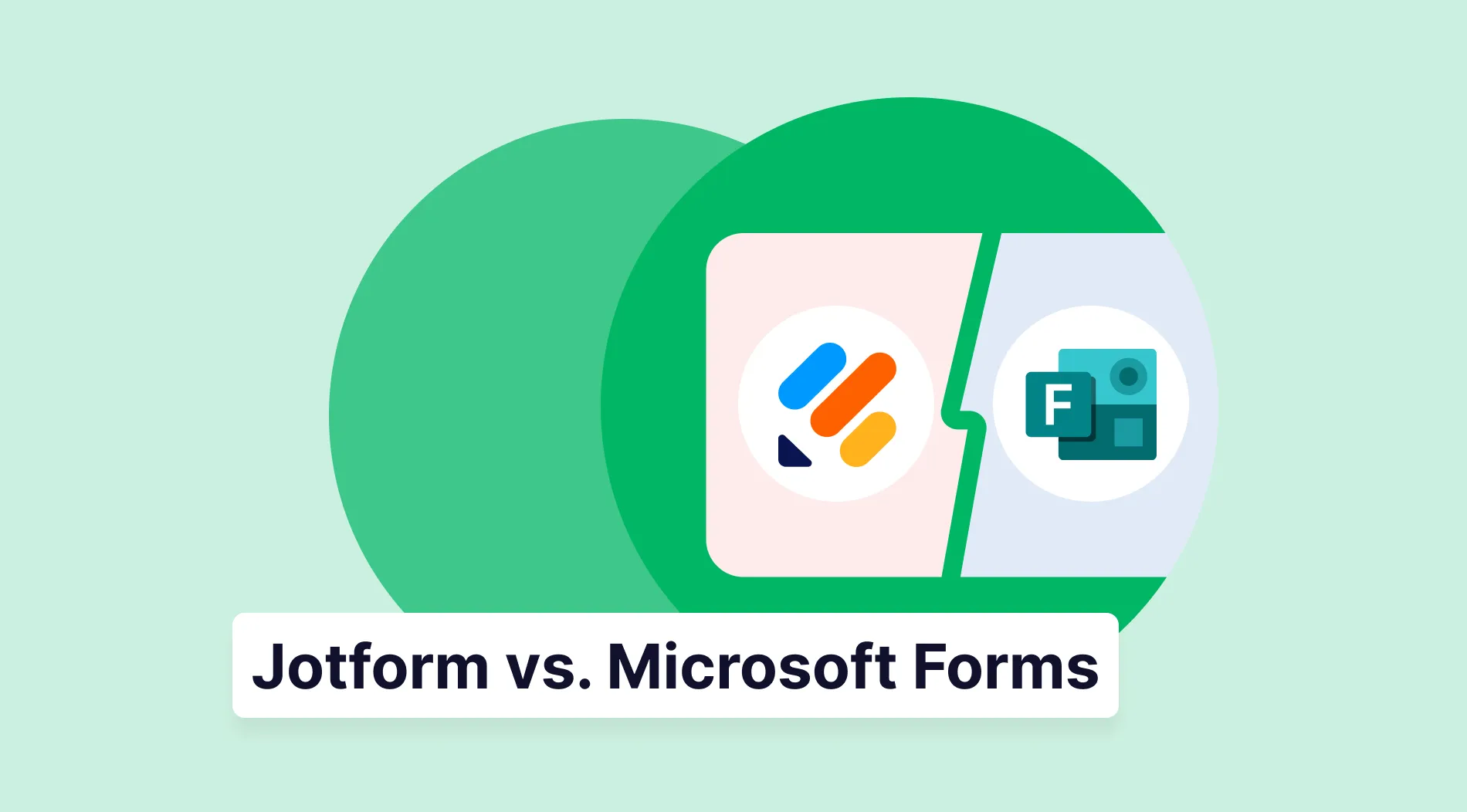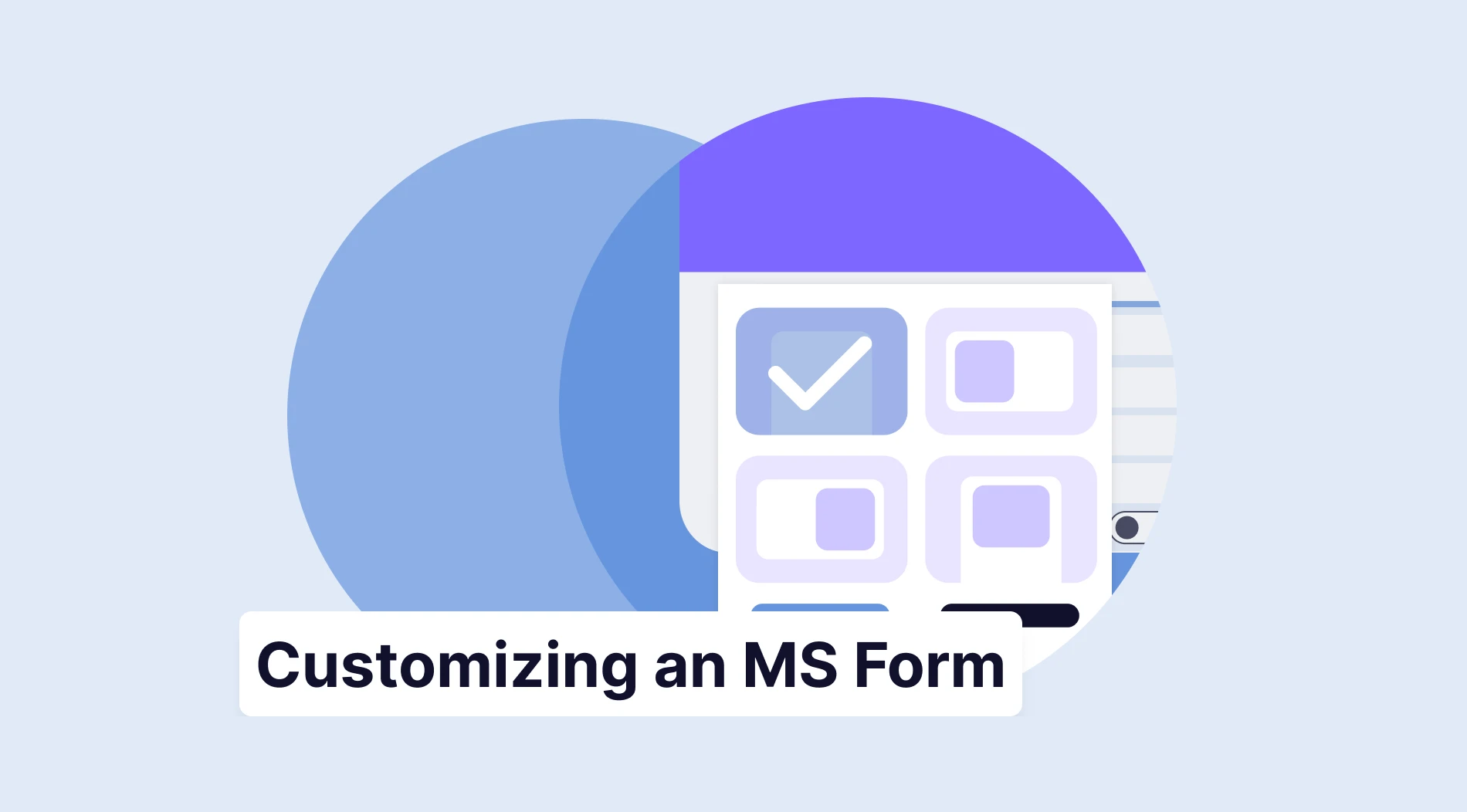Are you looking for a way to collect objective data for your research? You can use quantitative questions to get objective data. You can use forms.app to create and customize your surveys with ready-made templates. This article will discuss creating quantitative survey questions with forms.app and the key principles of creating quantitive survey questions.
What is a quantitative question?
A quantitive question is an objective question about any kind of research topic. You can use these types of questions in your research surveys, and you can create a research report that is produced using the quantitative data based on the analysis of the responses to these quantitative survey questions.
It offers assistance when you need to generalize your study and make predictions about the future. Surveys are an excellent instrument for quantitative research because they are flexible, affordable, and allow data collection from many respondents. Quantitive questions allow researchers to collect numeric data, and it is a method to gather statistical results.

The definition of a quantitative question
Quantitative and qualitative survey questions
The goal of quantitative research is to gather data that can be represented statistically. Researchers frequently use it to compare information about particular groups. Quantitative research can be directed towards a particular audience, generally identified by demographic data like age, gender, and region, even though the survey audience is relatively large.
Qualitative research focuses on individuals' unique behavior, including their routines or the reasons behind their choices. To understand more about sentiments, attitudes, and behaviors that are harder to measure but provide crucial extra context to quantitive research.
3 Types of quantitative survey questions
Quantitive questions and their equıvelent of survey questions can be separated on a basis. The branches of quantitative questions are methods, but when you want to include these principles in your surveys, you use form builder features such as the Likert scale, open-ended questions, opinion scale, multiple choice, short text, and long text. In the end, what gives meaning to these types of questions is their way of gathering answers. Here are the types of quantitive questions and their branches:
- Descriptive research questions: To make a general assumption about a group of people, such as their age, sex, and maybe ethnicity, or commonly used products, researchers can use these types of questions. There are common types of descriptive research questions:
- Frequency questions: To understand how often a particular event occurs.
- Percentage questions: To determine the proportion of a group, such as customers.
- Range questions: To find the highest and the lowest point of something, such as price.
- Profile questions: To describe a characteristic of a particular group.
- Case study questions: To get a detailed understanding of a specific topic.
- Comparative research questions: These types of questions are used to compare individuals or groups and can be classified as experimental or casual research.
- Experimental: Used to test the cause-and-effect relationship of a hypothesis by interventions and manipulations.
- Causal: To comprehend how variations in one variable affect another.
- Relationship-based research questions: These types of questions are used to understand the link between two groups or topics. Here are some types of relationship-based research questions:
- Correlation questions: Used to test the cause-and-effect relationship of a hypothesis without any interventions and manipulations.
- Meta-analysis: The combined result of multiple similar studies to find patterns and inconsistencies.
- Cross-sectional: The relationship between two things at a particular time to find a correlation.
- Case-control: Regardless of the outcome, the relationship between particular outcomes to find patterns.
How to write better quantitative survey questions
Creating a better quantitative survey can be a complicated task because of the survey's nature. The intention of the questions must be chosen first to get the desired result. Clear, effective and unbiased survey questions are essential for quantitive surveys. For this reason, here is the three-step you must follow to get the desired result:
1 - Select the objective and type
You must select the type of question you want to ask. What is your intention? Are they descriptive, comparative, or relationship-based questions? By choosing your intention, you can ask the right questions and select the right words, which is the key element of your survey.
2 - Identify the variable
The dependent and independent variables, as well as the target audiences, should be decided by researchers. The many variables you seek to analyze, manipulate, or control must be identified regardless of whether you are trying to develop a descriptive, comparative, or relationship-based research question. Here are some examples for
variables: Number of books read per year, level of education, average working hours, and time spent on social media.
You can control a variable in addition to something you can measure. You might need to assess a few dependent variables if you merely intend to develop descriptive research questions. However, you will deal with dependent and independent variables in situations where you intend to create comparative and relationship-based research questions. In an experiment, an independent variable is a variable that is changed to observe the effect.
3 - Select the appropriate structure
The aims of the questions, the types of variables, the number of variables and the groups engaged all have an influence on the structure of the three different types of quantitative research questions.
a. Select your lead phrase.
b. Specify the dependent variable.
c. List the organizations in which you are interested.
d. Choose whether to include the dependent variable or groups.
16 great quantitative survey question examples
To make the steps and types clear as forms.app, we have gathered 16 quantitive question examples in surveys. Below you will see comparative, descriptive, and relationship-based research questions with specified variables and groups.
1 - What is the average life expectancy of individuals living in urban areas compared to the average life expectancy of individuals living in rural areas?
- Question type: Comparative
- Variable: life expectancy
- Groups: "urban" and "rural"
2 - What is the average number of sick days taken by employees who work more than 40 hours per week compared to employees who work less than 40 hours per week?
- Question type: Comparative
- Variable: Number of sick days taken
- Group: employees who work more than 40 hours per week and employees who work less than 40 hours per week
3 - What is the average height of adults in [Asians]?
- Question type: Descriptive
- Variable: Average height
- Group: Asians
4 - What is the average number of books read per year by people aged 18-24 compared to people aged 25-34?
- Question type: Comparative
- Variable: Number of books read per year
- Group: people aged 18-24, people aged 25-34
5 - What is the average number of cars per household in a [specific country]?
- Question type: Descriptive
- Variable: average number of cars per household
- Group: specific country
6 - What is the average temperature [in a specific city] during the month of July?
- Question type: Descriptive
- Variable: average temperature
- Group: specific city, the month of July
7 - Is there a relationship between exercise frequency and weight loss?
- Question type: Relationship
- Variable: Exercise frequency, Weight loss
- Group: n/a
8 - Is there a relationship between air pollution and lung cancer?
- Question type: Relationship
- Variable: Air pollution, Lung cancer
- Group: n/a
9 - Is there a relationship between the level of education and average credit score?
- Question type: Relationship
- Variable: Level of education, Average credit score
- Group: n/a
10 - What is the average number of customers served per hour at fast food restaurants in the city center compared to fast food restaurants in the suburbs?
- Question type: Comparative
- Variable: Number of customers served per hour
- Group: fast food restaurants in the city center, fast food restaurants in the suburbs
11 - What is the average age of business owners in a specific region?
- Question type: Descriptive
- Variable: average age
- Group: business owners in a specific region
12 - What is the average commute time for residents who use public transportation compared to residents who drive alone?
- Question type: Comparative
- Variable: Commute time
- Group: Residents who use public transportation and residents who drive alone
13 - Is there a relationship between social media usage and academic performance among college students?
- Question type: Relationship
- Variable: Social media usage, academic performance
- Group: College students
14 - What is the average time spent on social media per day among teenagers compared to adults?
- Question type: Comparative
- Variable: Time spent on social media per day
- Group: Teenagers and Adults
15 - What is the average revenue per year for small business owners compared to large business owners?
- Question type: Comparative
- Variable: Revenue per year
- Group: Small business owners and large business owners
16 - Is there a relationship between gender and the likelihood of receiving a promotion in a specific company?
- Question type: Relationship
- Variable: Gender, the likelihood of receiving a promotion
- Group: specific company
How to design a quantitative survey
Since the elements are clear now, you must clarify your topic and style, then create your survey considering your aim. For example, let's say we are creating a survey intended to learn about gender and its relationship with receiving a promotion. Our variable is gender and the likelihood of receiving a promotion, and our group is a particular company. Here are some example questions with suitable form fields you can use:
- How satisfied are you with the current position? (Opinion scale)
- My skills and abilities find use in my job position. (Star rating)
- I am satisfied with my current working hours. (Star rating)
- When did you get hired by this company? (Short text)
- Are there any inequalities between male and female workers? (Yes/no)
- How likely will you be working for this organization a year from now? (Opinion scale)
- How stressed do you feel on a regular day at work? (Opinion scale)
- I feel that my work is seen and appreciated within my organization. (Yes/no)
- My job allows me to grow and develop new skills. (Yes/no)
- Do you think there is a relationship between gender and the likelihood of receiving a promotion in this company? (Yes/no)
Create your quantitative survey today
It can be hard to create quantitive research questions if you are unfamiliar with the method. For this reason, forms.app gathered the detailed key method of creating quantitive survey questions. You can use ready-made templates to start or just from scratch since you now know how to create your quantitive survey questions. If you want to get started quickly, take a look at these:
forms.app, your free form builder
- Unlimited views
- Unlimited questions
- Unlimited notifications







